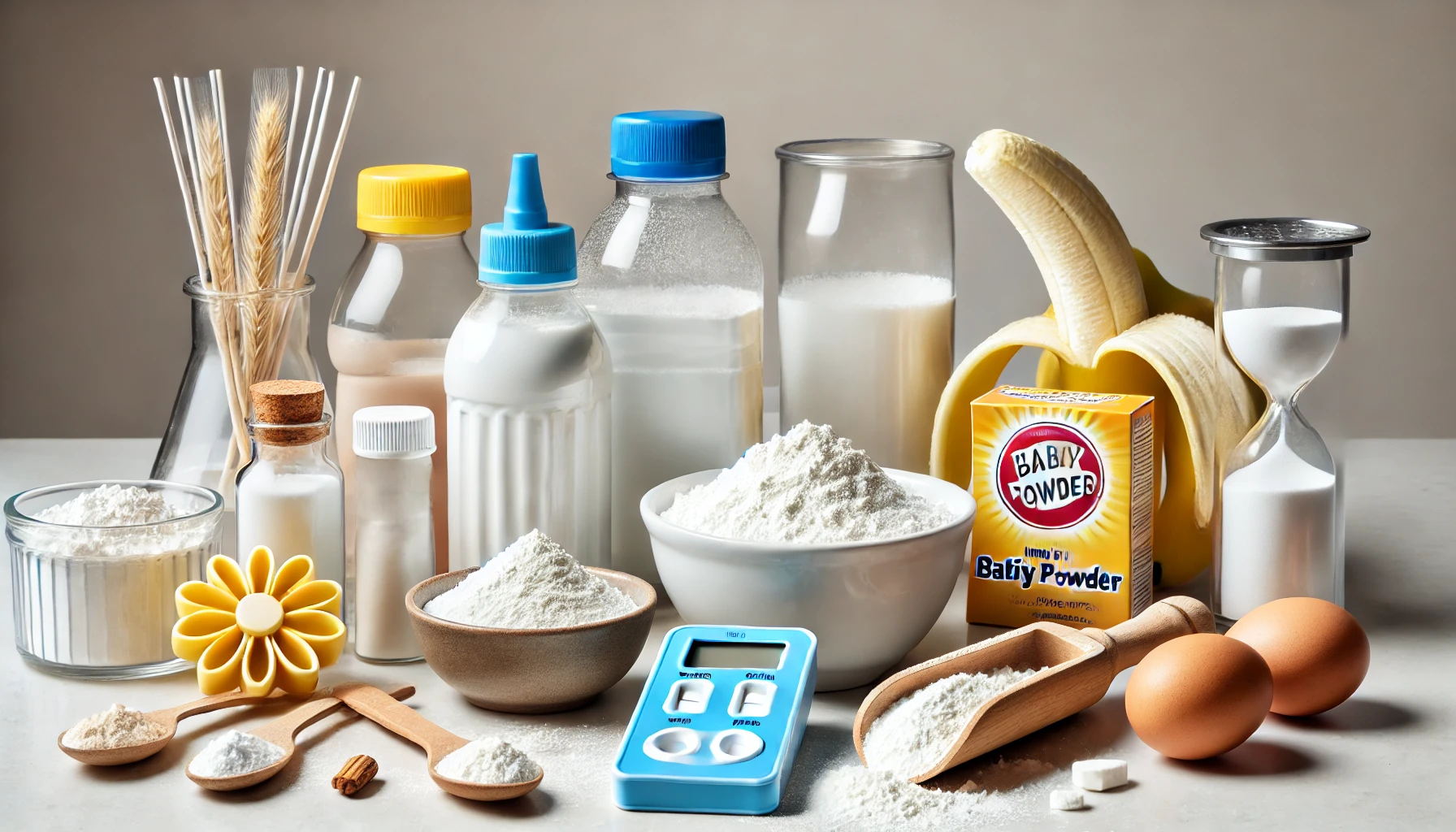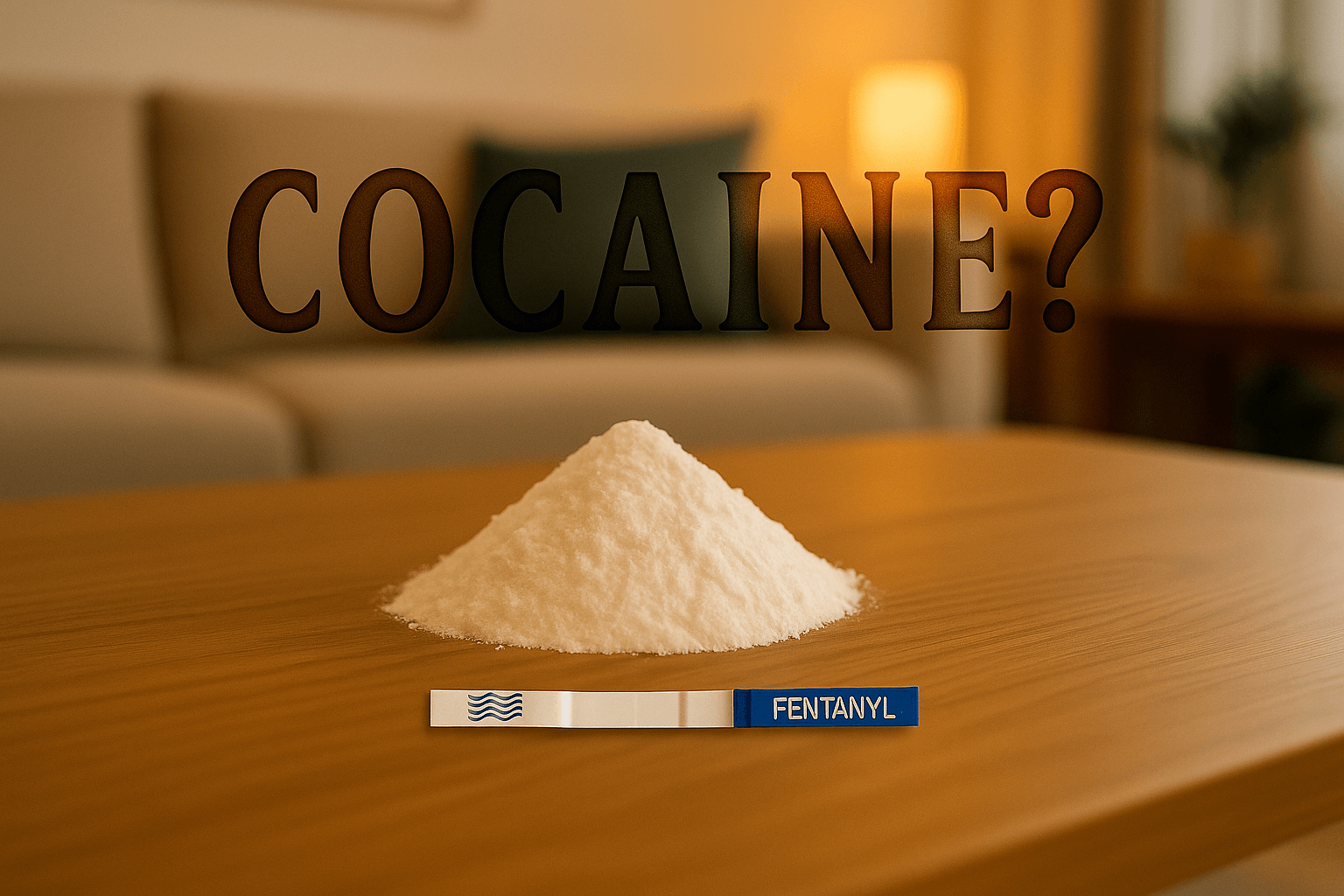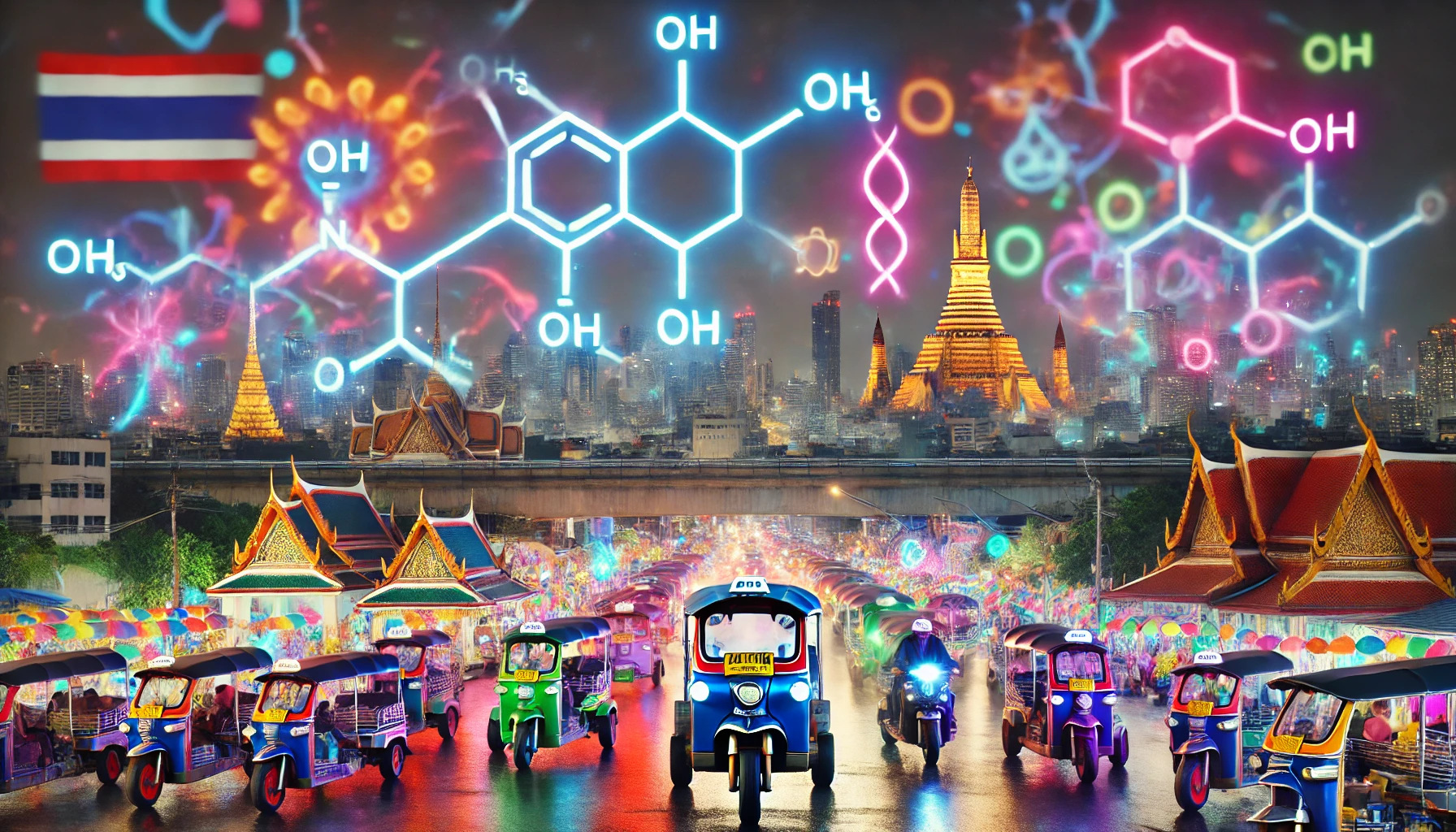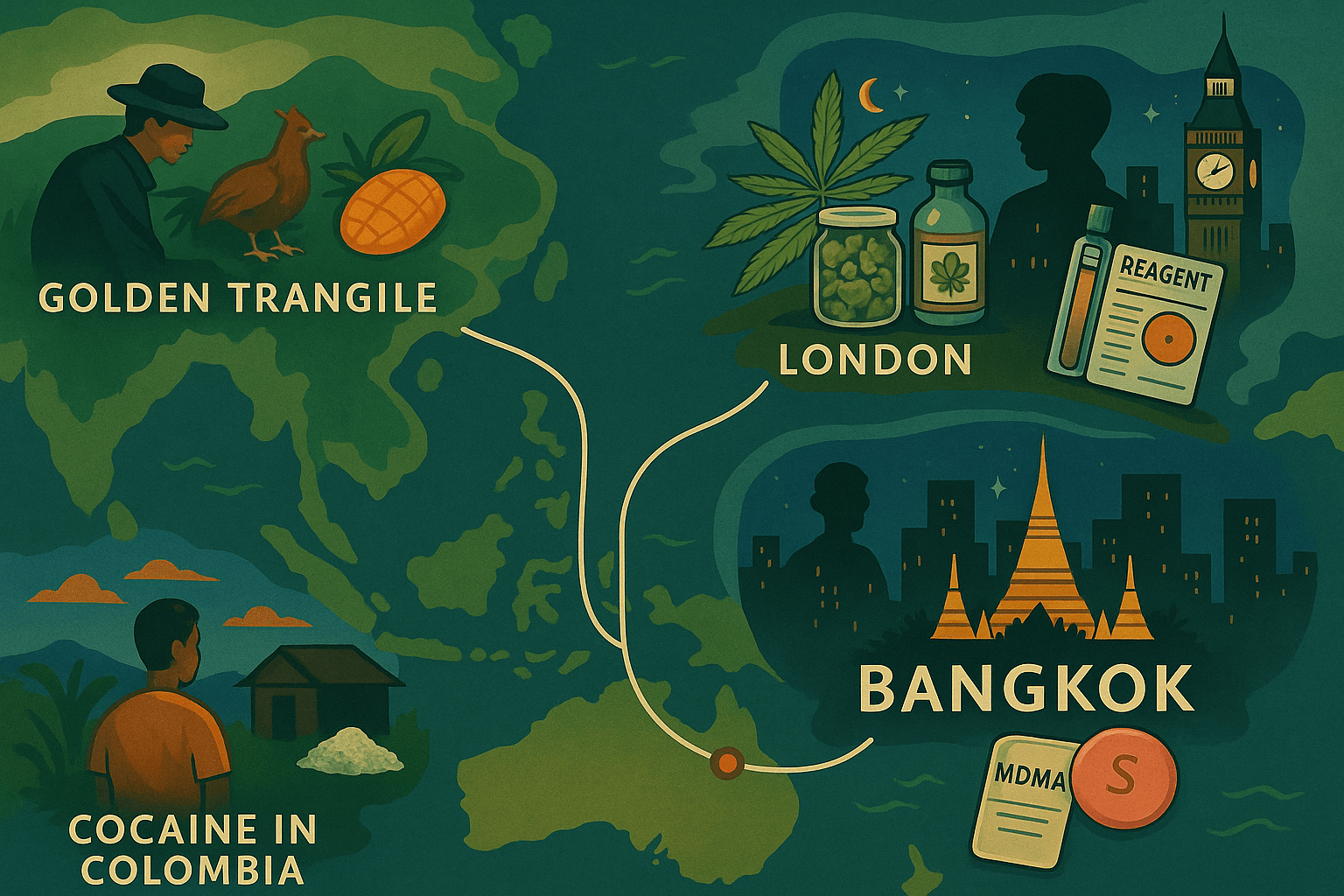Cocaine is often cut with various substances to increase volume and profits, and this practice is prevalent globally, including in South East Asia. The cutting agents can be broadly categorized into those that increase bulk and those that enhance potency.
Bulk Increasing Agents
- Sugars and Starches: These are pharmacologically inactive and pose minimal health risks beyond minor nasal irritation.[3][6]
- Household Goods: Flour, baking soda, talcum powder, and baby powder are commonly used.[4][5]
- Boric Acid: Used as an antiseptic and insecticide, it can cause kidney damage and be lethal in large quantities.[4]
Potency Enhancing Agents
- Local Anesthetics: Lidocaine, benzocaine, and procaine mimic the numbing effect of cocaine, making the product seem purer.[3][5][6]
- Caffeine: Enhances the stimulant effects of cocaine and is cheap and widely available.[3][5][6]
- Levamisole: A veterinary antihelminthic agent that can potentiate the effects of cocaine but can cause severe health issues like agranulocytosis, which weakens the immune system.[3][4][5]
- Phenacetin: An analgesic that is a known carcinogen and banned in many countries.[5][6]
Dangerous Additives
- 芬太尼: A potent synthetic opioid that is increasingly found in cocaine, significantly raising the risk of fatal overdose.[4][5]
- Amphetamines and Methamphetamines: These mimic the stimulant action of cocaine but increase the risk of cardiovascular issues and overdose.[4][6]
Specific to South East Asia
In South East Asia, the practice of cutting cocaine follows similar patterns to other regions, with a mix of both bulk-increasing and potency-enhancing agents. The region’s complex drug trade, particularly in areas like the Golden Triangle, contributes to the widespread use of these cutting agents.[8] The presence of synthetic drugs like methamphetamine in the region also suggests that similar substances might be used to cut cocaine to enhance its effects.[8]
结论
Cocaine in South East Asia is cut with a variety of substances, including local anesthetics, caffeine, sugars, and more dangerous additives like fentanyl and levamisole. These practices increase the risks associated with cocaine use, making it crucial for users to test their drugs to avoid potentially lethal consequences.
Sources
- American Addiction Centers. (n.d.). Common Cutting Agents in Cocaine
- BlueCrest Recovery Center. (n.d.). Cutting Agents in Cocaine and Crack
- National Center for Biotechnology Information. (2019). Cutting Agents in Cocaine
- Laguna Treatment Center. (n.d.). Cocaine Additives and Fillers
- Sunrise House. (n.d.). Cocaine Manufacturing Additives
- UNODC. (2021). Cocaine Insights
- EMCDDA. (n.d.). Cocaine Production in the EU
- Global Initiative Against Transnational Organized Crime. (2021). South East Asia Drug Analysis
- National Center for Biotechnology Information. (2018). Cutting Agents in Illicit Drugs
- U.S. Department of Justice. (n.d.). Cocaine Distribution and Additives




